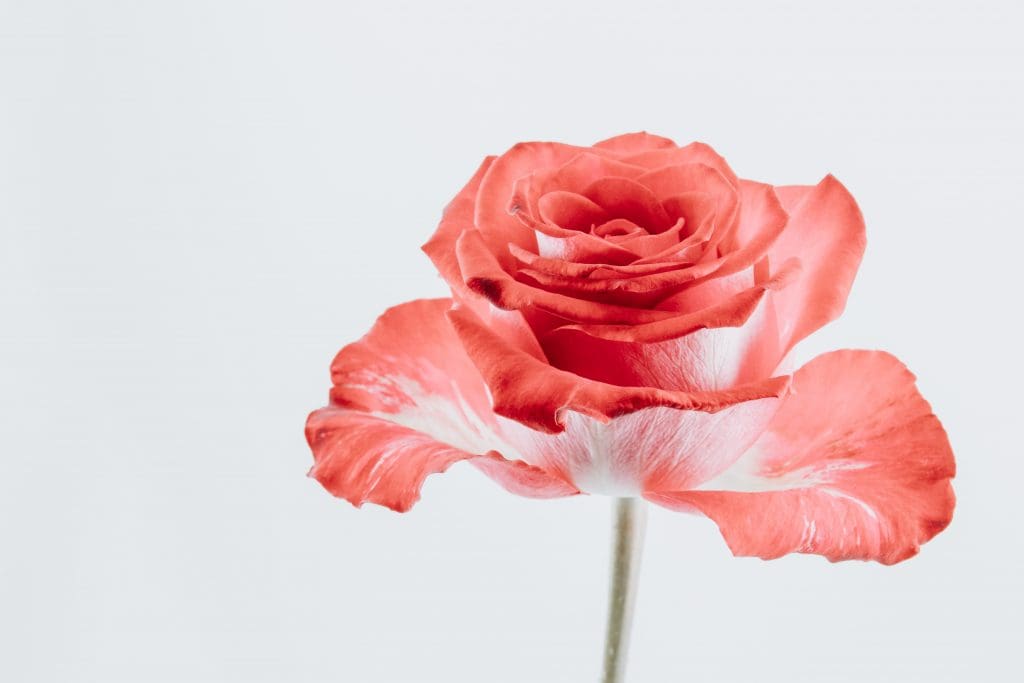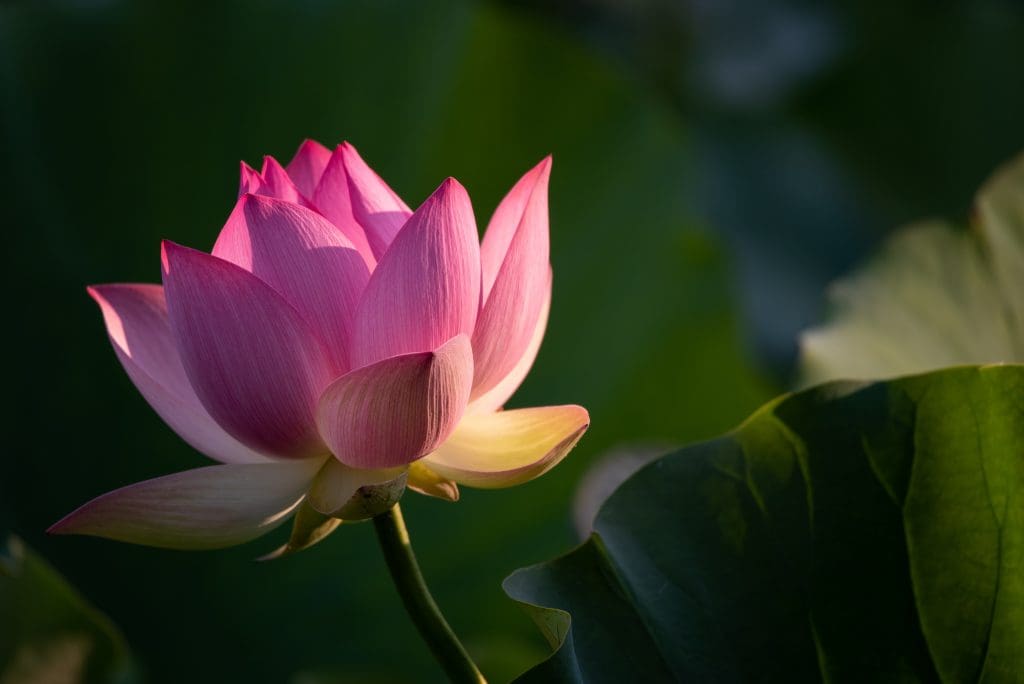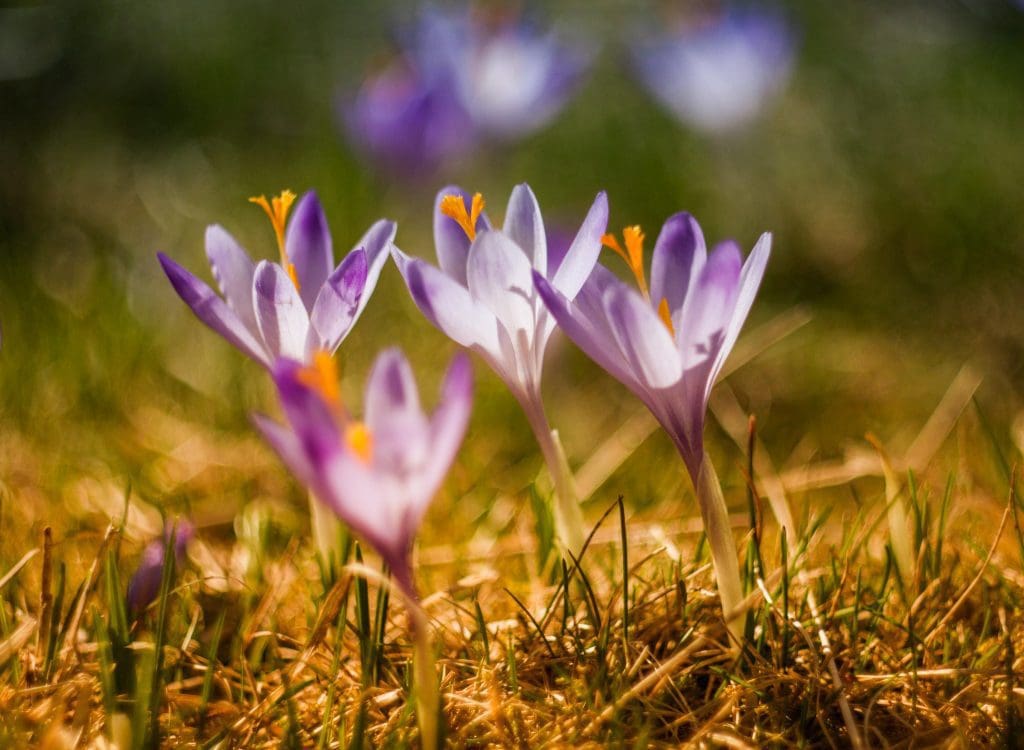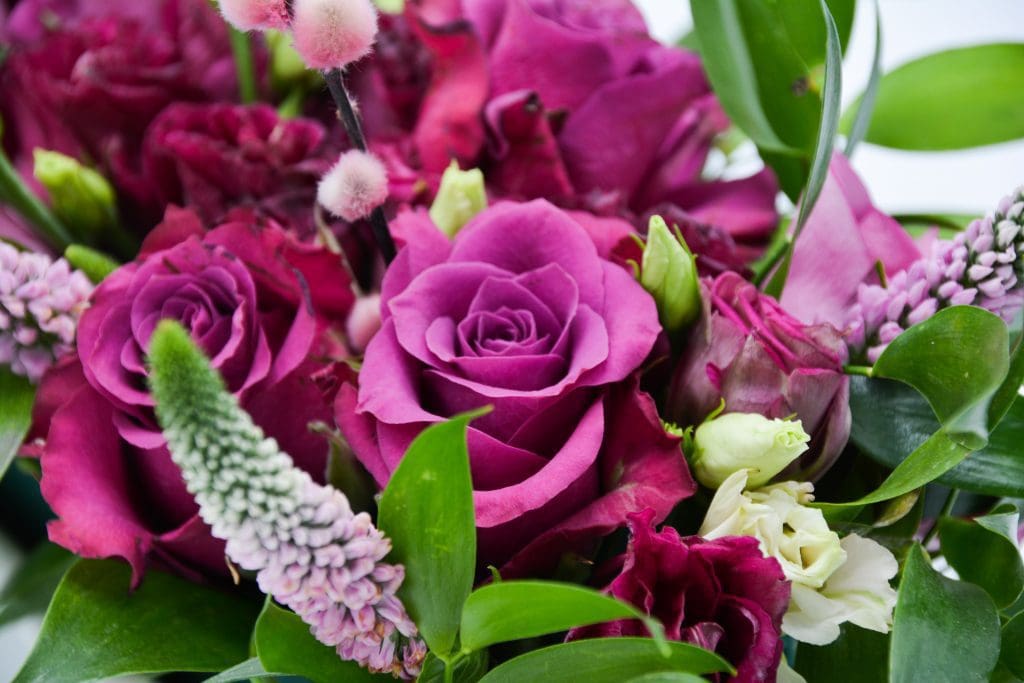Flowers are one of the most popular subject matters for photographers. Although it might be challenging to create unique compositions and find rare wildflowers, photographers are inspired by the delicate strength, beautiful colors, and unique patterns of flowers. From nature and landscape photos to fine-art and black and white prints, flowers find their way in portfolios, exhibitions, and commercial products. Let’s explore how to edit flowers.
But photographing flowers isn’t the only art photographers have to master. Editing flowers is an art in itself. Editing can transform a photo into an artwork, help you reveal the actual colors and textures of flowers, and increase the value of your compositions. At the same time, editing can ruin a perfect photo. So here are some steps to follow when you edit flower photographs.
Choosing a Photo Editor
The excellent news about editing flower photographs is that you don’t need a complex and expensive photo editor. You can use as well an online free editor and perfect your photos in seconds. But to have an easy time when editing, you have to create excellent compositions when you take the shot. Take pictures in RAW format to capture high-quality images and achieve accurate colors. Learn to apply the rules of composition, work with both natural and artificial light, and look for unusual angles and interesting perspectives. If you do your job correctly when taking the photo, the editing process will be fast and efficient.

Photo by Pawel Czerwinski on Unsplash
After choosing a photo editor, stick to it for some time. Learn how to use its features to your advantage and create an editing routine. It will help you save time and create a more consistent body of work.
Cropping and Resizing
Because flowers are a beautiful subject, many photographers place them in the middle of the frame. Alternatively, they crop the photos to identify the subject in the middle. Apply this technique only if necessary (e.g., cut out unwanted elements from the frame, create a strong focal point, etc.). Please don’t use it with all your photos. Furthermore, maintain the same aspect ratio when cropping or resizing your images. Most photo editors provide predefined aspect ratios, and some even give you guidelines that respect the rules of composition.

Photo by michael joiner on Unsplash
Cropping or resizing flower photographs are usually necessary steps before publishing your photos. Different websites, galleries, and social media platforms require different sizes and formats.
Color Adjustments
Flower photographs shouldn’t need much color editing. Unless you want to create fine-art photos, natural beauty should be what you look for. Apply subtle color adjustments that enhance contrast, fix exposure, and reveal realistic shadows. Don’t change the color of the flowers.

Photo by Dawid Zawiła on Unsplash
Flowers from your photos should look exactly like the ones you saw in their environment. Mainly if you photograph wildflowers, don’t increase color saturation or structure too much. Flower photographs get in two categories: fine-art (where the editing process is obvious) and natural-looking pictures (where editing shouldn’t be visible, not soever).
Filters and Presets
Filters and presets are easy ways to enhance a photograph by applying ready-to-use sets of adjustments. You can create them yourself or use filters and presets made by somebody else. If they match your artistic vision, working with filters and presets creates consistency and a unified style. Try to use a limited set of presets and effects throughout your work and create an easy-to-recognize personal style.
Flower photographs don’t need very complicated presets. Create a preset that fixes the exposure, enhances contrast, and slightly changes color tonality. Practice and experiment until you find the perfect adjustment combination for your photos. You can divide your images into categories and create a preset for each (e.g., a preset for resizing for social media, a preset for summer wildflowers, one for bouquets with artificial light, etc.)

Photo by Laura De Vos on Unsplash
Flower photography is a sensitive and delicate genre. Love the flowers, and make sure you don’t harm them to take a better shot. A flower photograph is a message of kindness, care, and fragility.
Cover Photo by Henrique Ferreira on Unsplash
For more great info on flowers in photography, click here.

